#Science Books
Text


Credit to the original post
25 days of agere moodboard
Day 3: Your Favourite Kid’s Book: I love DK's Eyewitness series since I was actually little. Now I want to own the updated version again.
#age regression#agere moodboard#sfw agere#age regressor#agere#agere blog#sfw age regression#sfw regression#books#encyclopedia#science#science books#middle space#sfw middle space#middle regression#middlespace#2#25ageremoodboards
39 notes
·
View notes
Text

Atoms the Core of all Matter - 1959.
#vintage illustration#vintage books#children’s books#science books#the golden library of knowledge#atoms#atomic energy#physics#particle physics#science
15 notes
·
View notes
Photo
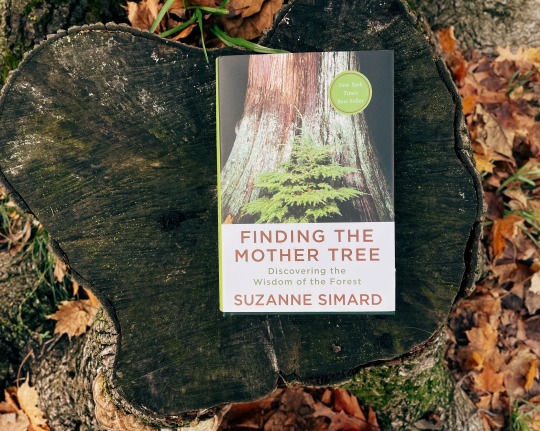
If you read The Overstory by Richard Powers, I recommend Finding the Mother Tree: Discovering the Wisdom of the Forest by Suzanne Simard, a memoir by the actual woman who discovered that trees communicate.
66 notes
·
View notes
Note
do you have any reading recs for someone who wants to learn about bugs?
Oh absolutely! There are so many lovely popular science entomology books. I'll name a few, but there are tons more for specific bugs you might be interested in if you search around! I've got four in mind that I've read that I think provide some nice variety.
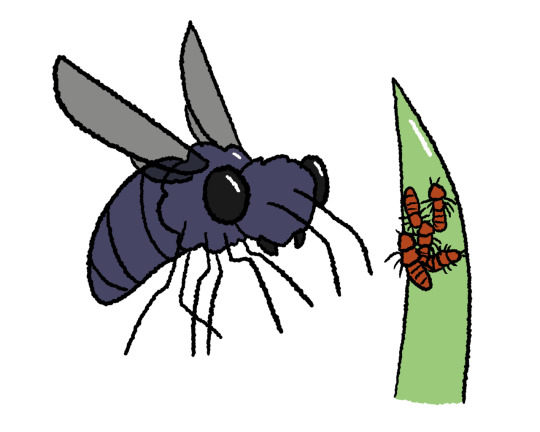
Buzz, Sting, Bite by Anne Sverdrup-Thygeson
I so enjoyed this book. It's not about any specific insect, but it's a delightful tour of a bunch of cool adaptations and the like in the arthropod world. I think it'd be a good choice if you're new to the whole thing as it's fun, light, and has lots of different groups represented. I learned about a wild interaction between ground-nesting bees and blister beetles from this one that I ended up making a little video on.

Never Home Alone by Rob Dunn
I love the household ecosystem! This book isn't just arthropods — it also covers bacteria and other organisms you might find in your home. But it's so neat! And tonally it's refreshing because it doesn't attempt to scare you about what's in your house. Rather, it invites you to engage with your fellow home inhabitants.

Honeybee Democracy by Thomas D. Seeley
This is such an interesting deep dive into honey bee behavior. I think a lot of people know bees are smart but don't quite realize how complex their social behavior gets. I also am charmed by any book that includes a chapter on incorporating another animal's behavior as a lesson to our own human society (the last chapter is basically "what can we learn from the voting system of honey bees?", an adorable thought).

The Sting of the Wild by Justin O. Schmidt
The Schmidt pain scale is a bit infamous. Dr. Schmidt made a whole collection of insects sting him, and rated them on a scale based on the pain he felt. With descriptions like "someone has fired a staple into your cheek," it's definitely not the most objective, but it is a good time. And following his journey getting stung by everything (including his grad students that followed in his footsteps in some very funny ways) is entertaining.
#bug books#bookblr#books#science books#science#books to read#bug asks#art#bug art#bugblr#insects#insect art#insectblr#learning#ask box#asks
77 notes
·
View notes
Text

borrowed this from the library yesterday, there's still a couple of things before it on my to be read but I'm looking forward to it. I'm hoping it might be similar to my favourite science book Rutherford and Fry's guide to absolutely everything (which I still need to make a post about)
#science#science books#The importance of being interested#Use your local library#public libraries#local library
9 notes
·
View notes
Text
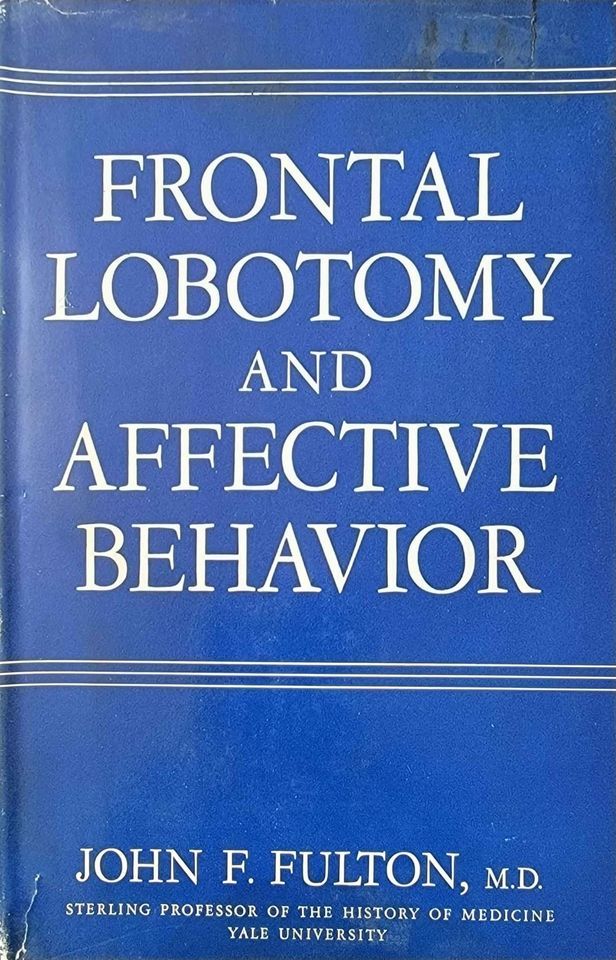
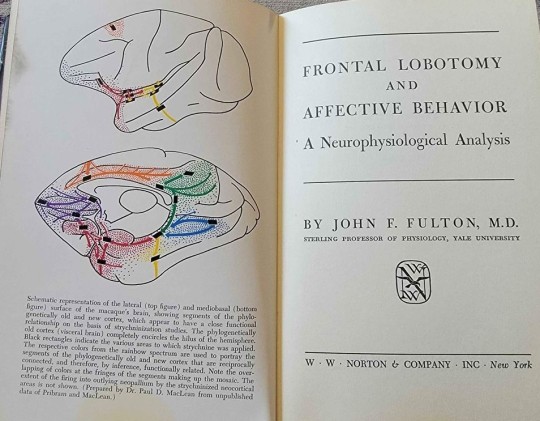
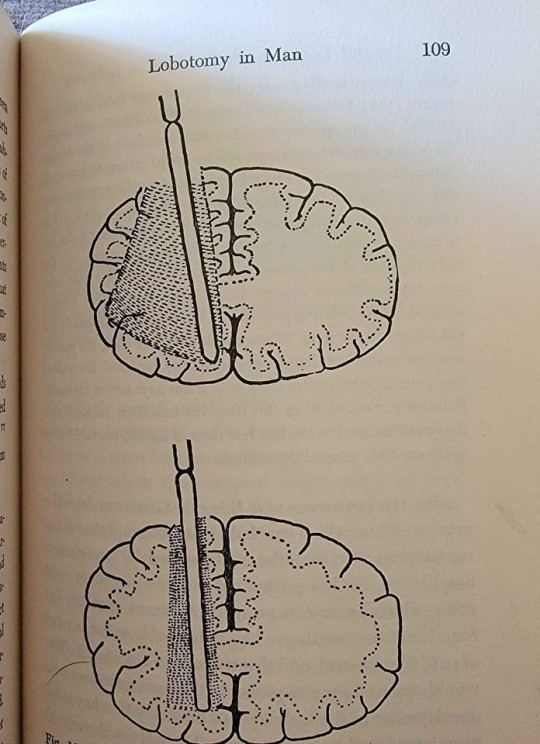
27 notes
·
View notes
Text

BOOKS IN COMICS : : :
The most complete science library in the galaxy! by Dick Dillin, Frank McLaughlin, and Jerry Serpe with story by Mike W. Barr ("plight of the Human Comet" in DC Comics Presents #22, 1980). #booksincomics
4 notes
·
View notes
Text
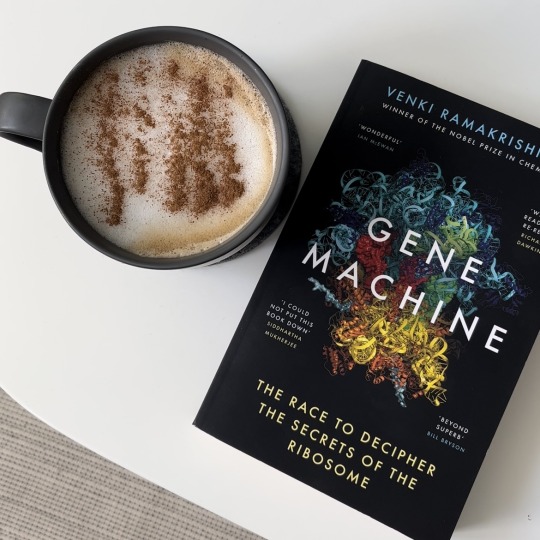
September reads 📚🍂
#studyblr#studyspo#inspiration#bioblr#sciblr#science reading#science books#phd studyblr#scientists who read#scicomm#women in science#female scientists
108 notes
·
View notes
Text


30.08.23
today me and my mom walked around the city all day and I finally bought a book about gravitational waves, which I have been wanting for a very long time
#aesthetic#books#astrophysics#astronomy#reading#stem#physics#stem dark academia#stem student#astronomy student#science books#books and reading#science#science academia#gravitational waves#bookblr#cottagecore#cozy#plants#flowers#naturecore
9 notes
·
View notes
Text
Brief Answers to the Big Questions by Stephen Hawking
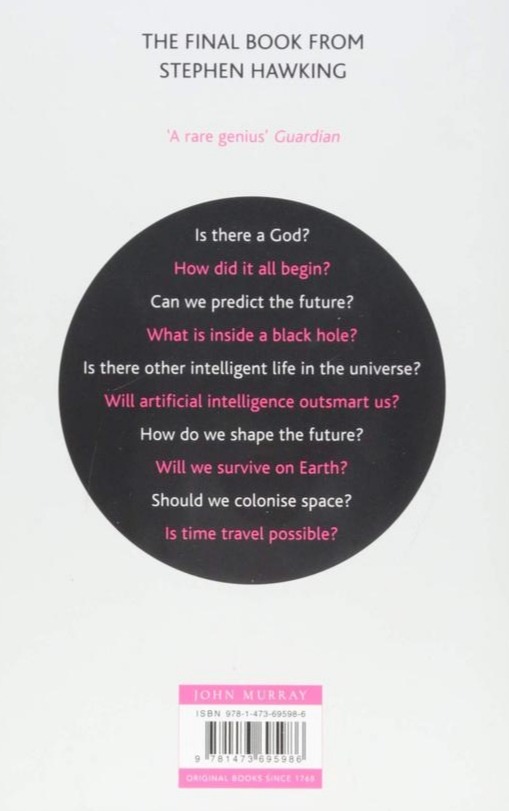
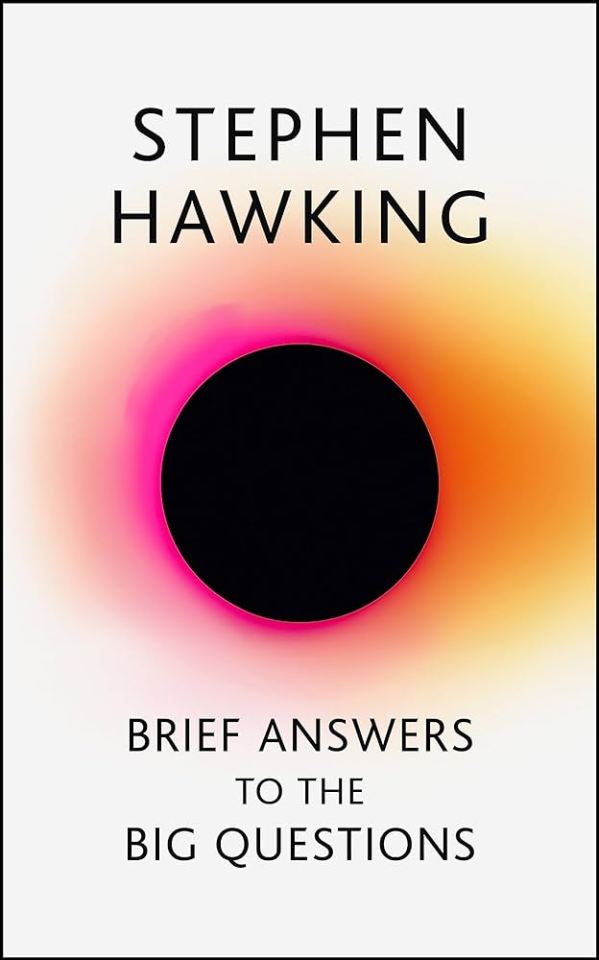
✓ I liked it.
But boy did it take me a long time to read. For someone who is used to finishing 1000+ pages in a couple of days, this was quite frustrating. Specially since I wasn’t trying to take my time on purpose.
For those who don’t know: Stephen Hawking was an English theoretical physicist, cosmologist, and author whose theory of exploding black holes drew upon both relativity theory and quantum mechanics. He also worked with space time singularities and is the one who discovered “Hawking radiation” that has made the detailed study of black holes possible. (Source: Wikipedia & Britannica)
If you also perk up at the name of “black holes”, “theoretical physics”, “space time”, “quantum”, and “singularities”; (or simply are a fan of sci fi), you’re in for a treat with this one.
This book is very informative, educational, and thought-provoking. The narrator is witty and the topics are well explained with examples.
Unfortunately, Some parts got too scientifically advanced for me to understand, specially since despite my love for it I’ve never been good in math and physics. Other parts were easy to understand. Still, I could only read one chapter every few days (average of 15 pages). Otherwise my brain would’ve been overloaded;;
But I feel like even with the challenge and the struggle, it was worth reading. The chapters about black holes, time travel, the beginning of the universe, colonizing other planets and other sci fi subjects were particularly fascinating to read.
There are 10 chapters in total, and if you’re interested in physics and the universe, you should give it a try.
Next on my list of science books to read is "astrophysics for people in a hurry" by Neil DeGrasse Tyson ;)
Farewell for now ~
#book review#books#brief answers to the big questions#stephen hawking#astrophysics#physics#science books
2 notes
·
View notes
Text

Take these 12 genuine prehistoric fossils for only 10¢.
#vintage advertising#science books#audubon nature program#fossils#naturalist#national audubon society#dinosaurs#geology#paleontology#prehistoric life#prehistoric fossils
44 notes
·
View notes
Text
Bang! The Ultimate Book of Explosions Big and Small (Book, Rod Green, 2003)
You can digitally borrow it here.

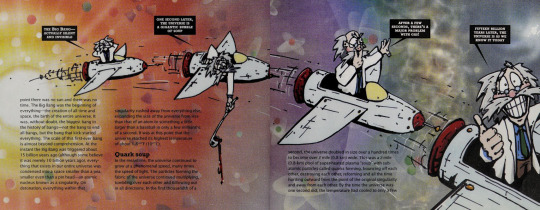
#internet archive#book#books#science#science books#children's science books#explosion#explosions#tw explosion#cw explosion#2003#2000s#00s
4 notes
·
View notes
Photo


Hey, new Dan Egan? And I had to find out by myself, while wandering around the bookstore three months after it came out? Anyway, awesome book. For context if you’ve read The Death and Life of the Great Lakes, it’s a bit shorter, but slightly more jargon-heavy/less accessible. This is also the perfect time of year to read it with unseasonably early blue-green algal blooms starting already. (On that note, pay attention to beach closures, especially if you’re there with your dog!)
The Devil’s Element is definitely the 10,000 foot view of phosphorus, and I do (unfortunately for my limited free time) want to read a lot more. Egan covers everything from its discovery, to its use in WWII, to the politics of ethanol, to current issues in Florida’s Lake Okeechobee and the surrounding area. There is also a very brief mention of corporations trying to refuse to change their irresponsible business practices on the basis that it would upset America’s housewives. There are a ton of citations and a bibliography in the back, so if you want to learn more, you’ll have a good place to start!
I read The Devil’s Element through the Libby app (which saves me so much money, and I can’t recommend it enough), but my Bookshop affiliate link if you’d like to purchase your own copy is here. Don’t forget to check if your favorite local indie bookstore as an affiliate page instead!
#books#dan egan#the devil's element#environmental books#science books#algal blooms#algae blooms#the death and life of the great lakes#nature#environment#pop sci#also happy pride everyone! i hope you're safe and somewhere you can celebrate <3
11 notes
·
View notes
Text
Finally finished the biography of Marie curie written by her daughter eve. I finished it a while ago but didn't realise I'd left this post in my drafts. I knew a little bit about Marie curie before reading it but I don't think I quite appreciated the struggles she experienced in her life, how incredibly hard she worked and how much she achieved.
Ironically, I get the impression she wouldn't have liked the fact I see her as such an inspiration. She said "in science we must be interested in things not persons" and she never really understood the way people reacted to her once she was famous.
Despite this, I cannot help but be inspired by her and hope that I have some things in common with her which will help me succeed as a scientist even if not in the same way she did. Although, I think the book has also helped me come to the conclusion that whether other people, even if they are my inspirations, think I will be a successful scientist isn't really what matters, the science I love is what matters.
I think she was the sort of person who if she saw a problem she could help with, helped without hesitation, someone who was determined, who worked incredibly hard, who loved her family and her country and her subject. She could've been a millionaire, if she and pierre curie had patented the extraction process of radium, but she rejected it because of her principles, because radium was an element and she felt it belonged to everyone. She said "humanity certainly needs practical men... But humanity also needs dreamers" and I think she was a dreamer and I think despite everything, in the end she was hopeful for the future of her laboratory and for the future of science.
My physics teacher (who also inspires me) told our class that the curies and the Einsteins are the people that don't give up. And I understand that even more now from reading this book. Marie waited for so long to go to university because she was working so that her sister could go and she almost gave up hope, but she didn't. And even during that time she taught disadvantaged children because she saw an opportunity to make a difference. Despite winning the Nobel prize she and pierre could not afford a laboratory and they struggled for many years doing their research in cramped unsuitable rooms. Eventually, some time after pierre's death Marie built her laboratory and multiple radium institutes.
I was attempting to compile a list of key quotes however, aside from this one, I think the most important are the ones I have mentioned earlier in this post as I still think about them regularly.
"if I see anything vital around me, it is precisely that spirit of adventure, which seems indestructible and is akin to curiosity"
I strongly recommend madame curie the book to anyone interested in her or in radioactivity because it is brilliant.
3 notes
·
View notes
Text

Happy World Book Day! Here's what I'm currently reading - The Blind Watchmaker by Richard Dawkins.
#world book day#books and reading#books#literature#science books#popular science#science communication#richard dawkins#evolutionary biology#great thinkers#in bed
2 notes
·
View notes
Photo

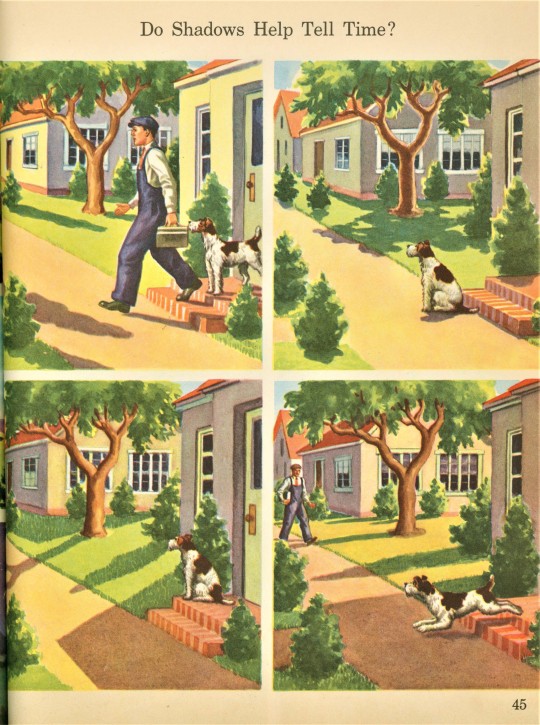



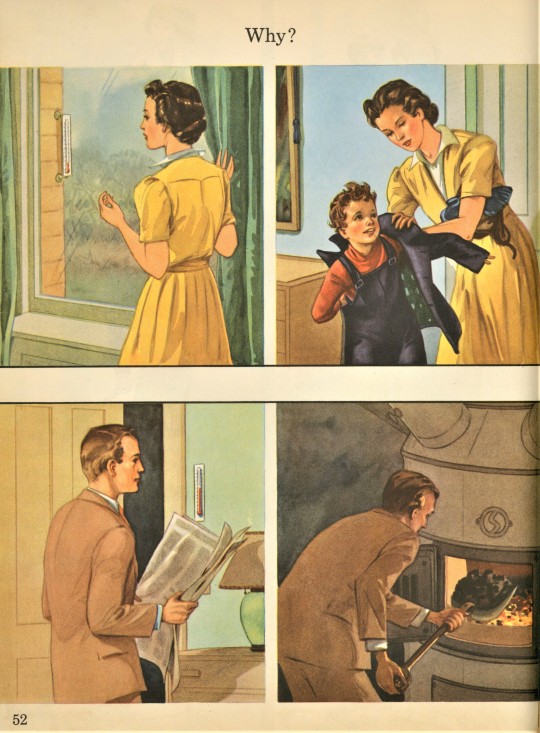


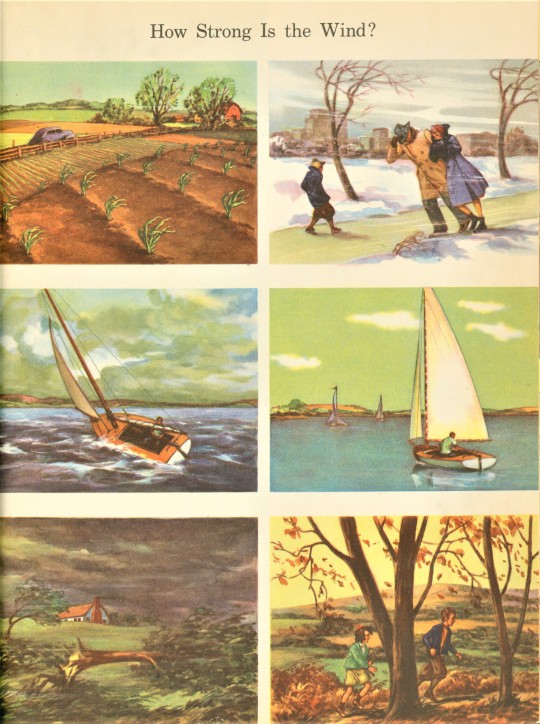
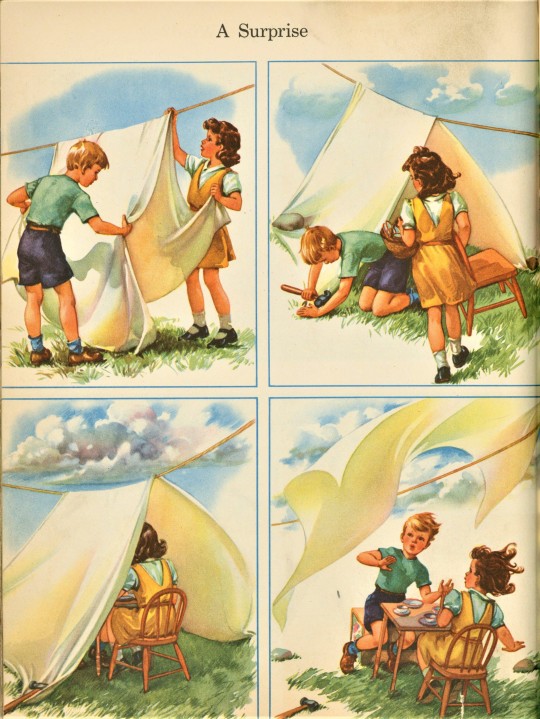
Science Saturday
We return to our Historical Curriculum Collection children’s book All Around Us by Wilbur L. Beauchamp, Gertrude Crampton, and William S. Gray, and published by Scott, Foresman and Company in Chicago in 1944. This is Book B in the Scott Foresman Basic Studies in Science: Curriculum Foundation Series. The series was based on the experiential “Look and Learn” approach.
Previously we highlighted sections on animals and plants from this book. Today we focus on the “Sun, Wind, and Weather” section with emphasis on sunlight and shadow, using thermometers, and the wind as force. Russian-born Chicago artist and illustrator Gregory Orloff did the illustrations for “Do Shadows Help Tell Time?” and the girls experimenting with thermometers, while the remainder are by the husband and wife team of A. F. Hurford and Miriam Story Hurford. Miriam Hurford is remembered especially as one of the illustrators for Scott Foresman’s Dick and Jane readers, which was written by William S. Gray.
View more posts from All Around Us.
View our other Science Saturday posts.
#Science Saturday#weather#tempurature#thermometers#All Around Us#Wilbur L. Beauchamp#Gertrude Crampton#William S. Gray#Scott Foresman and Company#Scott Foresman#Basic Studies in Science#Curriculum Foundation Series#Gregory Orloff#A. F. Hurford#Miriam Story Hurford#instructional books#children's books#science books#Historical Curriculum Collection
46 notes
·
View notes